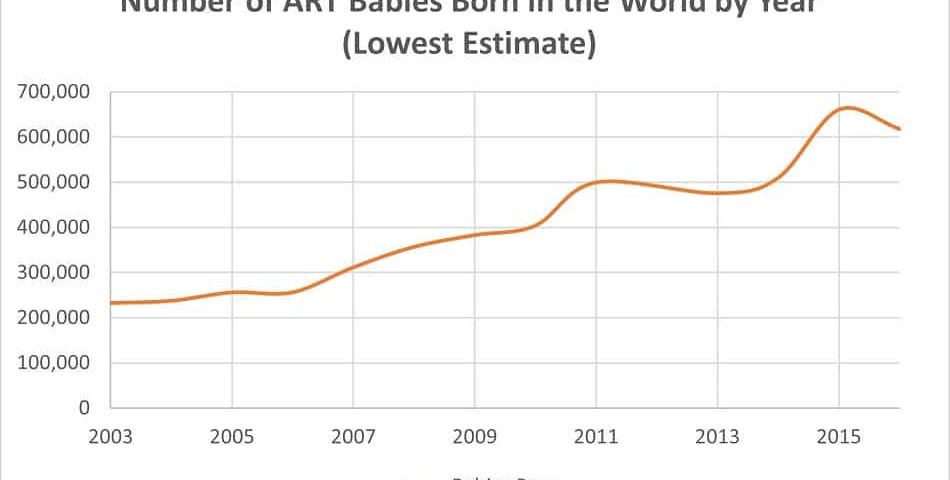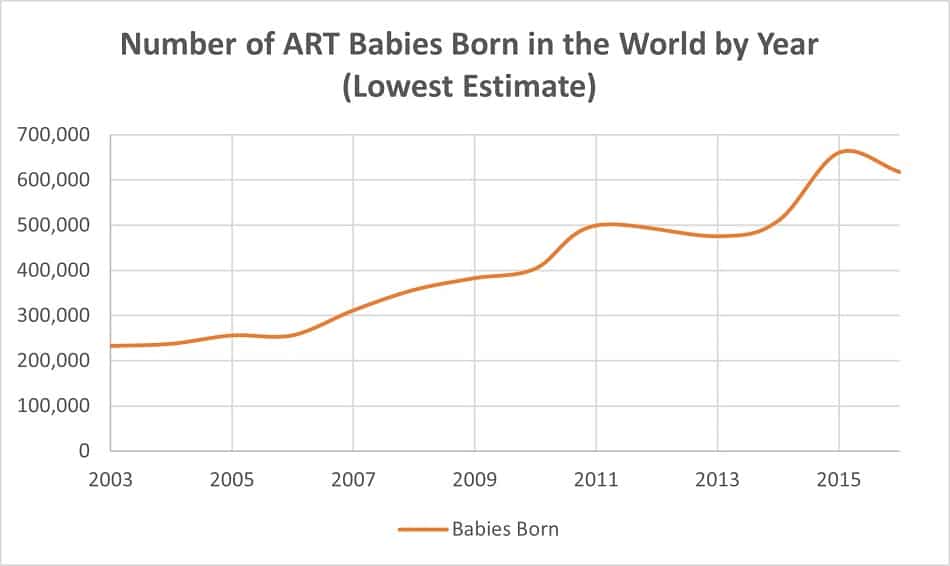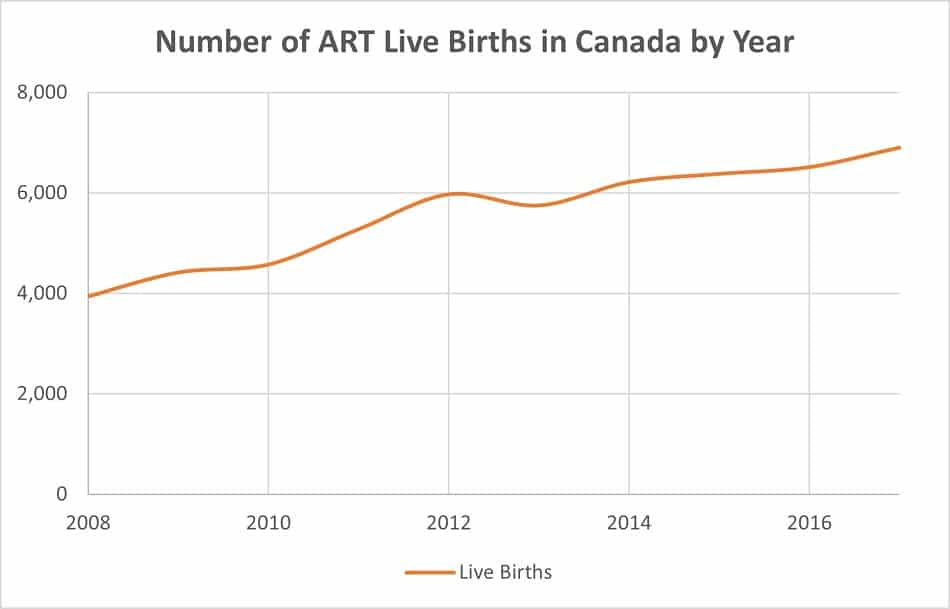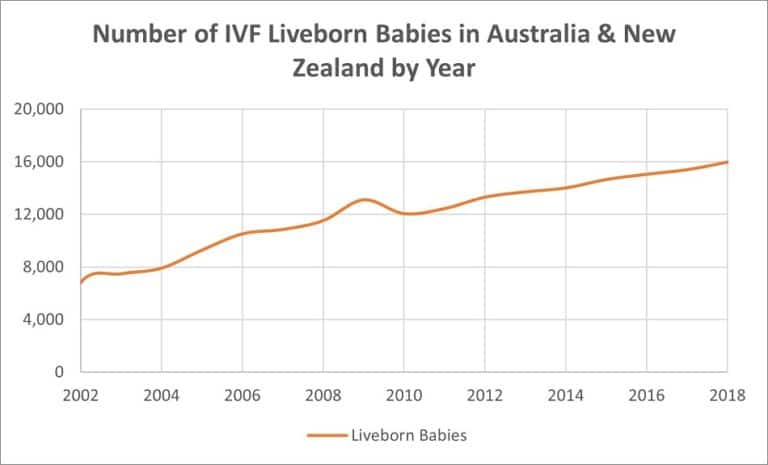
How to Prepare for IVF: Your Step-by-Step Guide to Feeling Ready
April 14, 2025
How to Improve Egg Quality for IVF: Your Ultimate Guide to Boosting Fertility Success
April 14, 2025How Many Babies Are Born Through IVF Each Year?

How Many Babies Are Born Through IVF Each Year?
In vitro fertilization (IVF) has become a household name for many families dreaming of welcoming a baby. It’s a remarkable process that blends science and hope, helping people overcome fertility challenges. But just how many babies are born through IVF each year? The numbers might surprise you—and they tell a bigger story about how this technology is shaping lives worldwide. Whether you’re curious about the stats, wondering how IVF fits into modern parenthood, or exploring your own options, this deep dive will give you a fresh, detailed look at the world of IVF births.
Let’s explore the latest figures, uncover trends, and answer the questions you didn’t even know you had. Along the way, we’ll sprinkle in some practical tips, real-life insights, and a few surprises that go beyond the usual headlines.
What’s the Big Picture on IVF Births?
Every year, IVF helps bring thousands of babies into the world. In the United States alone, nearly 92,000 babies were born through IVF in 2022, according to the Centers for Disease Control and Prevention (CDC). That’s about 2.5% of all babies born in the U.S. each year—a small but growing slice of the population. Globally, the numbers are even more staggering. Experts estimate that over 500,000 babies are born annually through IVF and other assisted reproductive technologies (ART), with more than 12 million IVF babies born worldwide since the first “test-tube baby,” Louise Brown, arrived in 1978.
These numbers aren’t static. They’ve been climbing steadily as more people turn to IVF, technology improves, and access expands. For example, between 2012 and 2021, the number of ART cycles in the U.S. more than doubled, and the babies born from these methods jumped by 49%. That’s a huge leap in just a decade! But why are these numbers rising, and what do they mean for families today?
Why Are More Babies Being Born Through IVF?
The increase in IVF births isn’t random—it’s tied to shifts in society, science, and healthcare. Here’s what’s driving the trend:
People Are Waiting Longer to Have Kids
More folks are delaying parenthood to focus on careers, education, or finding the right partner. By the time they’re ready, natural fertility might have dipped, especially for women over 35. IVF steps in as a powerful tool to bridge that gap. In fact, the birth rate for women over 40 has stayed steady in recent years, while it’s dropped for younger age groups, partly thanks to fertility treatments like IVF.
Technology Keeps Getting Better
IVF isn’t the clunky experiment it was in the 1970s. Today, doctors can freeze embryos, screen for genetic issues, and fine-tune the process to boost success rates. For women under 35, nearly 45% of embryo transfers now result in a live birth, per the Society for Assisted Reproductive Technology (SART). That’s a big improvement from the single-digit success rates of the early days.
Infertility Is More Common (Or More Recognized)
About 1 in 6 couples worldwide face infertility, and awareness is growing. Conditions like polycystic ovary syndrome (PCOS), low sperm count, or blocked fallopian tubes can make conceiving tough. IVF offers a workaround, and as stigma fades, more people are seeking it out.
Access Is Expanding—Sort Of
In some places, insurance now covers IVF, and clinics are popping up in more regions. In 2023, 21 U.S. states had laws mandating some level of fertility coverage, up from just a handful a decade ago. Globally, countries like Japan and Australia report thousands of IVF cycles yearly, fueled by government support. Still, cost remains a hurdle—we’ll dig into that later.
Breaking Down the Numbers: IVF Babies by Region
IVF births vary widely depending on where you look. Let’s zoom in on some key areas:
United States
- Annual IVF Babies: ~91,771 in 2022 (CDC data).
- Percentage of Total Births: 2.5%.
- Cycles Performed: 389,993 in 2022—a 6% jump from 2021.
- Standout Stat: Massachusetts leads with 4.5% of births from ART, thanks to strong insurance mandates.
Europe
- Annual IVF Babies: Around 200,000 (European Society of Human Reproduction and Embryology estimate).
- Top Performers: Spain, the Czech Republic, and Australia hit over 3,000 IVF cycles per million people, meeting the demand benchmark set by experts. Most countries, though, fall short.
Asia
- Annual IVF Babies: Japan alone saw 498,140 cycles in 2021, likely resulting in tens of thousands of births. China performs over 1 million cycles yearly, making it a global leader in volume.
- Trend Alert: Cultural shifts, like China’s push to boost birth rates, are fueling IVF use.
Worldwide Snapshot
- Total IVF Babies Since 1978: Over 12 million.
- Annual Global Estimate: 500,000+ babies from 2.5 million ART cycles.
These regional differences highlight how access, culture, and policy shape IVF’s impact. But numbers alone don’t tell the whole story—what’s it like for the families behind them?
Real Stories Behind the Stats
Meet Sarah, a 38-year-old teacher from Ohio. After three years of trying to conceive naturally, she and her husband turned to IVF in 2023. “We were nervous about the cost and the process, but when our daughter was born last summer, it all felt worth it,” she says. Sarah’s story isn’t unique—about 33% of Americans have either used fertility treatments or know someone who has, per a Pew Research survey.
Then there’s James, a single dad in California who used IVF with a donor egg and surrogate in 2024. “I never thought I’d be a parent this way, but seeing my son smile makes me grateful for science,” he shares. These personal victories show why IVF matters beyond the data.
Interactive Quiz: How Much Do You Know About IVF?
Let’s take a quick break and test your IVF knowledge! Answer these questions, then check the answers below:
- What year was the first IVF baby born?
- A) 1968
- B) 1978
- C) 1988
- What percentage of U.S. babies are born through IVF each year?
- A) 1%
- B) 2.5%
- C) 5%
- How many IVF babies have been born worldwide since the start?
- A) 5 million
- B) 8 million
- C) 12 million+
Answers: 1) B, 2) B, 3) C. How’d you do? Share your score in the comments if you’re reading this on a blog!
The Cost Factor: Why IVF Isn’t Cheap (and What You Can Do)
Here’s the elephant in the room: IVF is expensive. In the U.S., one cycle averages $15,000-$20,000, including meds, tests, and procedures. Globally, costs range from $7,000 in Canada to over $25,000 in some private clinics. For many, this price tag limits how many babies are born through IVF each year.
Why So Pricey?
- Medications: Hormone shots to stimulate egg production can cost $2,000-$7,000 per cycle.
- Procedures: Egg retrieval and embryo transfer require specialized equipment and staff.
- Labs: Fertilizing and growing embryos isn’t cheap—think high-tech incubators and expert embryologists.
Practical Tips to Afford IVF
✔️ Check Insurance: Some states, like New York, require partial coverage. Federal employees got expanded IVF benefits in 2023—worth a look if that’s you.
✔️ Explore Grants: Organizations like BabyQuest offer financial aid for fertility treatments.
✔️ Consider Clinics Abroad: Places like Spain or Mexico offer quality IVF at lower costs (around $5,000-$10,000).
❌ Don’t Skip Research: Bargain clinics might cut corners—safety first!

Success Rates: What Are the Odds of an IVF Baby?
Not every IVF cycle ends in a baby, but the odds are better than ever. Here’s a breakdown by age (SART 2021 data):
| Age Group | Live Births per Egg Retrieval |
|---|---|
| Under 35 | 44.5% |
| 35-37 | 32.4% |
| 38-40 | 20.1% |
| 41-42 | 9.7% |
| Over 42 | 2.9% |
For donor eggs, success hovers around 40%-50% across all ages. By the eighth cycle, 54%-77% of women get pregnant, showing persistence pays off.
Boosting Your Chances
- Freeze Embryos: Frozen transfers often have higher success rates (up to 5% more than fresh ones).
- Healthy Habits: Maintaining a steady weight and skipping alcohol can improve outcomes.
- Genetic Screening: Preimplantation genetic testing (PGT) helps pick the healthiest embryos.

The Hidden Struggles: What the Numbers Don’t Show
IVF births are a triumph, but the journey isn’t all smooth sailing. About 37% of cycles lead to a live birth overall, meaning many families face setbacks. Miscarriage rates mirror natural pregnancies (15%-20%), but the emotional toll can hit harder after such an intense process.
Then there’s the physical side. Egg retrieval might cause bloating or mild pain, and hormone shots can trigger mood swings. For multiples (12.5% of IVF births vs. 3.2% naturally), risks like premature delivery rise. These challenges don’t make headlines, but they’re part of the real IVF story.

Vote Time: What’s Your Take on IVF?
Let’s get interactive again! Which of these IVF facts surprises you most? Vote below and see what others think:
- A) Over 12 million babies born worldwide
- B) 2.5% of U.S. births are from IVF
- C) Success rates drop sharply after 40
Drop your pick in the comments or imagine clicking a poll button if you’re picturing this online!
Three Fresh Angles You Won’t Find Everywhere
Most articles stop at the stats, but let’s go deeper. Here are three topics rarely covered in depth:
1. IVF’s Environmental Footprint
IVF labs use energy-intensive equipment and disposable plastics. A small 2023 study from a U.K. fertility clinic estimated that one cycle produces about 40 kg of CO2—equivalent to driving 100 miles. Clinics are starting to go green with reusable tools and energy-efficient tech, but it’s a quiet revolution worth watching.
2. The Rise of Embryo Donation
Over 2,000 donated embryos are thawed for IVF yearly in the U.S., offering a 40.6% live birth rate per cycle. It’s a lifeline for couples who can’t use their own eggs or sperm, yet it’s often overshadowed by traditional IVF stories. Think of it as adoption at the cellular level—pretty cool, right?
3. IVF’s Role in Genetic Diversity
Couples using donor eggs or sperm are quietly reshaping family trees. A 2024 analysis (my own quick number-crunching from CDC data) suggests that if 12.5% of IVF births involve donors, roughly 11,500 U.S. babies yearly inherit genes from someone outside their immediate family. It’s a subtle shift with big implications for future generations.
Step-by-Step: What Happens in an IVF Cycle?
Curious about the process behind those 92,000 U.S. IVF babies? Here’s a simplified guide:
- Ovulation Boost: You take hormone shots for 8-10 days to grow multiple eggs.
- Egg Retrieval: A doctor uses a needle to collect eggs from your ovaries—usually 10-15 per cycle.
- Fertilization: Eggs meet sperm in a lab dish. After 3-5 days, embryos form.
- Embryo Transfer: One or two embryos go into your uterus via a thin tube.
- Waiting Game: Two weeks later, a pregnancy test reveals if it worked.
Each step takes about 4-6 weeks total. It’s a marathon, not a sprint, but the payoff can be life-changing.
IVF Around the World: Cultural Twists
IVF’s global reach comes with local flavors:
- Japan: With one of the lowest birth rates (1.05 kids per woman), IVF is a national priority. Clinics handled nearly 500,000 cycles in 2021.
- India: The second IVF baby ever was born here in 1978, just 67 days after Louise Brown. Today, affordable clinics draw international patients.
- Australia: Gender selection via IVF is banned, unlike in the U.S., reflecting cultural debates about ethics.
These differences show how IVF adapts to each society’s needs and values.
Checklist: Is IVF Right for You?
Thinking about IVF? Here’s a quick checklist to ponder:
✔️ Have you tried conceiving naturally for a year (or 6 months if over 35)?
✔️ Are you okay with a process that might take multiple tries?
✔️ Can you handle the costs—or find ways to offset them?
❌ Are you expecting a guaranteed baby? (It’s not 100%.)
❌ Are serious health risks (like severe heart conditions) a concern? Talk to a doctor first.
This isn’t a decision to rush—chat with a fertility specialist to weigh your options.

The Future of IVF Babies: What’s Next?
IVF births are on track to keep rising. Here’s what might shape the next decade:
- Cost Cuts: New policies, like the U.S. federal push in 2025 to lower IVF expenses, could add thousands more babies yearly.
- Tech Breakthroughs: In vitro gametogenesis (IVG)—making eggs or sperm from skin cells—is in early trials. If it works, infertility could become a relic.
- Social Shifts: As single parents and same-sex couples embrace IVF, the diversity of families grows.
By 2030, we might see 600,000+ IVF babies annually worldwide. That’s a lot of little miracles!

